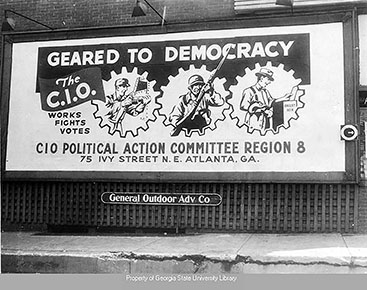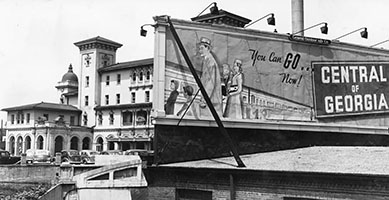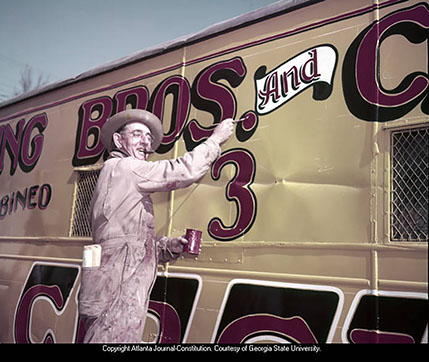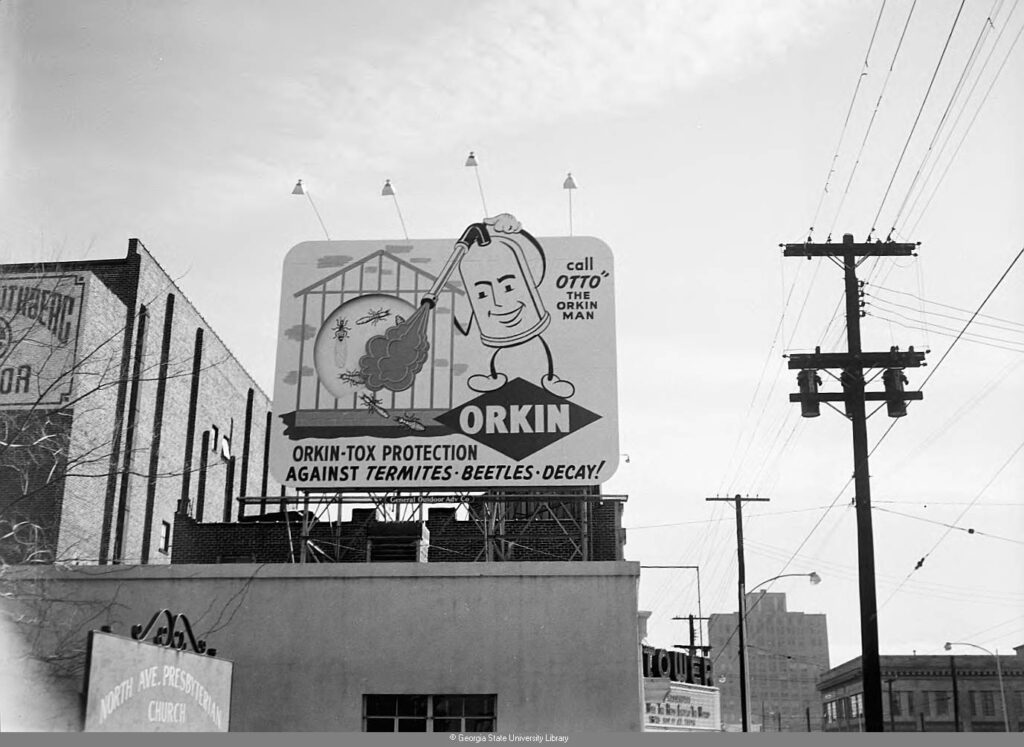Billboards
The first billboards were invented by Jared Bell in the 1830s. They were then large colorful signs to grab the attention of as many people as possible, mostly for circus acts like Barnum and Bailey. They highlighted unique features for each of their upcoming shows. The earliest records show a handful of billboards being leased in the 1860s, and by the 1870s there were hundreds of small businesses hand-painting these large signs. Businesses began purchasing outdoor space for billboard displays and experimenting with their own designs. Then, as the 19th century ended, the proper format of a billboard was defined, and their popularity skyrocketed.

While billboards were always a popular form of advertising throughout the 20th century, it was not until the creation of the Interstate Highway System that billboards became extraordinarily successful. Atlanta and the state of Georgia have a unique and expansive highway system which is a goldmine of display opportunities. These billboards include social, political, economic, and public service announcements for labor unions, sports teams, merchandise, TV, and radio stations.
And sometimes billboards document our social conscience…

The placement of billboards on the Interstate Highway System was unregulated. The lack of regulation caused a littered landscape, so in 1965 the Highway Beautification Act was passed, setting limitations on the number of billboards that could be placed along highways, as well as regulations on size, spacing, and lighting.



While some in the industry thought that this would put an end to billboards, it did not. Instead, billboard designs complied with the newly formed regulations. Today, billboards still comprise a sizable percentage of the advertising market.

